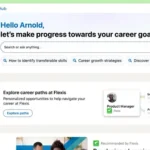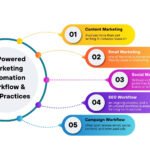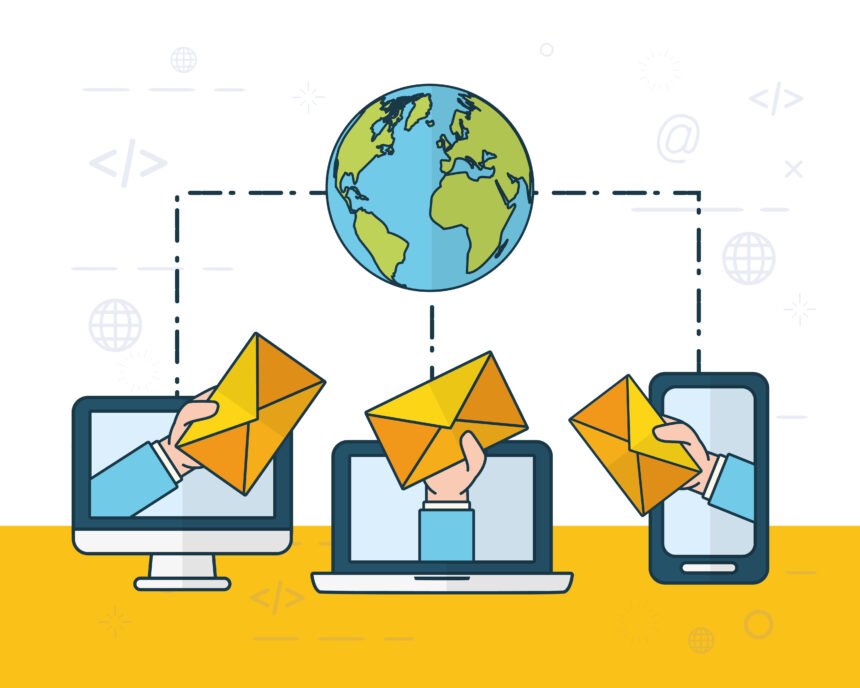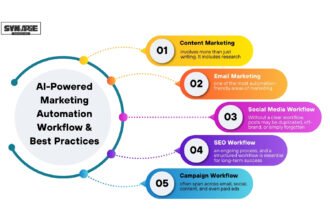Ever spent hours designing the perfect email campaign—eye-catching subject line, sharp design, airtight copy—only to get abysmal opens and clicks? You’re not alone. In 2025, email marketing is more advanced—and more crowded—than ever before. With hundreds of tools shouting for your budget and attention, it’s easy to feel stuck, wondering: What is the best email marketing platform for your business?
Here’s the hard truth: the platform you choose can make or break your results. A great tool isn’t just about sending emails—it’s about automation that saves hours, integrations that connect seamlessly to your CRM or store, and deliverability that gets your message into inboxes, not spam folders.
But here’s the twist: the best email marketing platform isn’t the same for everyone. What works brilliantly for an e-commerce brand might flop for a B2B SaaS startup. That’s why we’ve gone deep—comparing the top contenders in email marketing based on automation features, usability, pricing, integrations, and more.
So if you’re ready to stop guessing and start scaling, keep reading. This isn’t just a list—it’s your expert-backed roadmap to choosing the best email marketing software tailored to your goals in 2025.
Why the Answer Isn’t One-Size-Fits-All
Ask five marketers what is the best email marketing platform, and you’ll probably get five different answers—each one confidently backed by experience, results, or sheer loyalty. And they’d all be right.
How Do I Start Email Marketing?
Why? Because the “best” platform depends entirely on your business goals, audience, and workflow needs.
For a fast-scaling e-commerce brand, the priority might be deep Shopify integrations and discount code automations. Meanwhile, a B2B consultant may care more about smart segmentation, CRM syncing, and seamless drip email campaigns that guide leads down a sales funnel.
Here’s what complicates things even further: many platforms offer overlapping features—but deliver vastly different user experiences, support, and value for money.
That’s why evaluating email marketing platforms based only on a feature checklist is a rookie move. You need to go deeper. You need to factor in:
- Automation power – Are you limited to basic sequences, or can you build complex workflows that trigger based on behavior?
- Deliverability rates – Are your emails actually reaching inboxes?
- Ease of integration – Can it plug directly into your tech stack—your CRM, payment processor, CMS?
- Pricing that scales – Does it support your growth, or punish it?
- User experience & support – Will your team love using it or loathe it?
In this publication, we’ll break down 2025’s top email marketing software across these critical categories. By the end, you won’t just know what is the best email marketing platform—you’ll know which one is best for you.
Top 5 Email Marketing Platforms in 2025 — Reviewed & Ranked
To answer the all-important question—what is the best email marketing platform—we analyzed the market’s top contenders based on real-world performance, automation depth, ease of use, pricing flexibility, and integrations. Each platform below has carved out a specific niche, making it easier for you to find the best fit for your business needs in 2025.
-
ActiveCampaign — Best for Advanced Automation & Testing
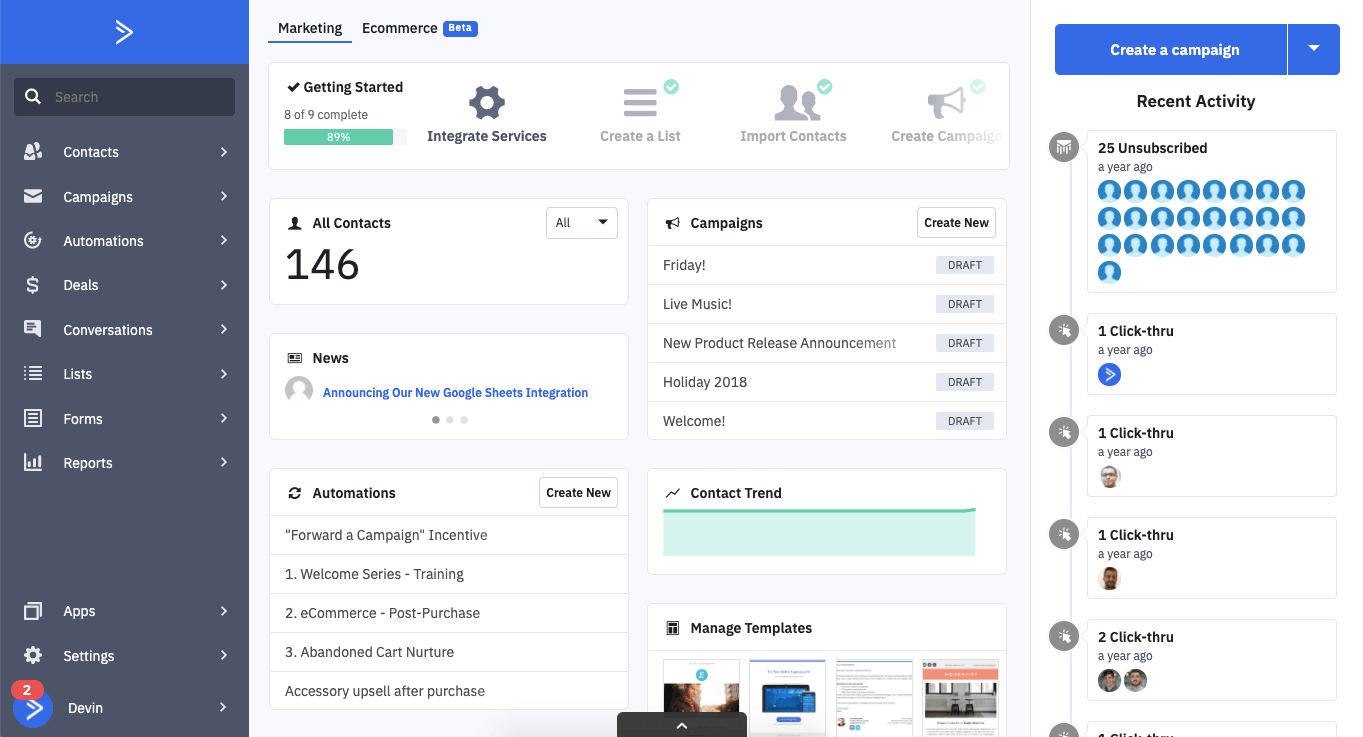
If you’re serious about automation, ActiveCampaign is your powerhouse. It’s the platform that lets marketers go beyond “drip campaigns” and into full-scale customer journeys, with automation A/B testing, conditional content, and global variables that personalize messaging at scale.
What sets it apart:
- Automation A/B Testing: Run tests across entire sequences to find what actually converts.
- Conditional Content Blocks: Dynamically adjust emails based on subscriber behavior or profile data.
- Automation Recipes: Prebuilt templates to launch advanced workflows without coding from scratch.
Ideal for: SaaS companies, high-growth brands, and conversion-obsessed teams who rely on advanced email automation tools.
-
HubSpot — Best for CRM Integration & Smart Personalization
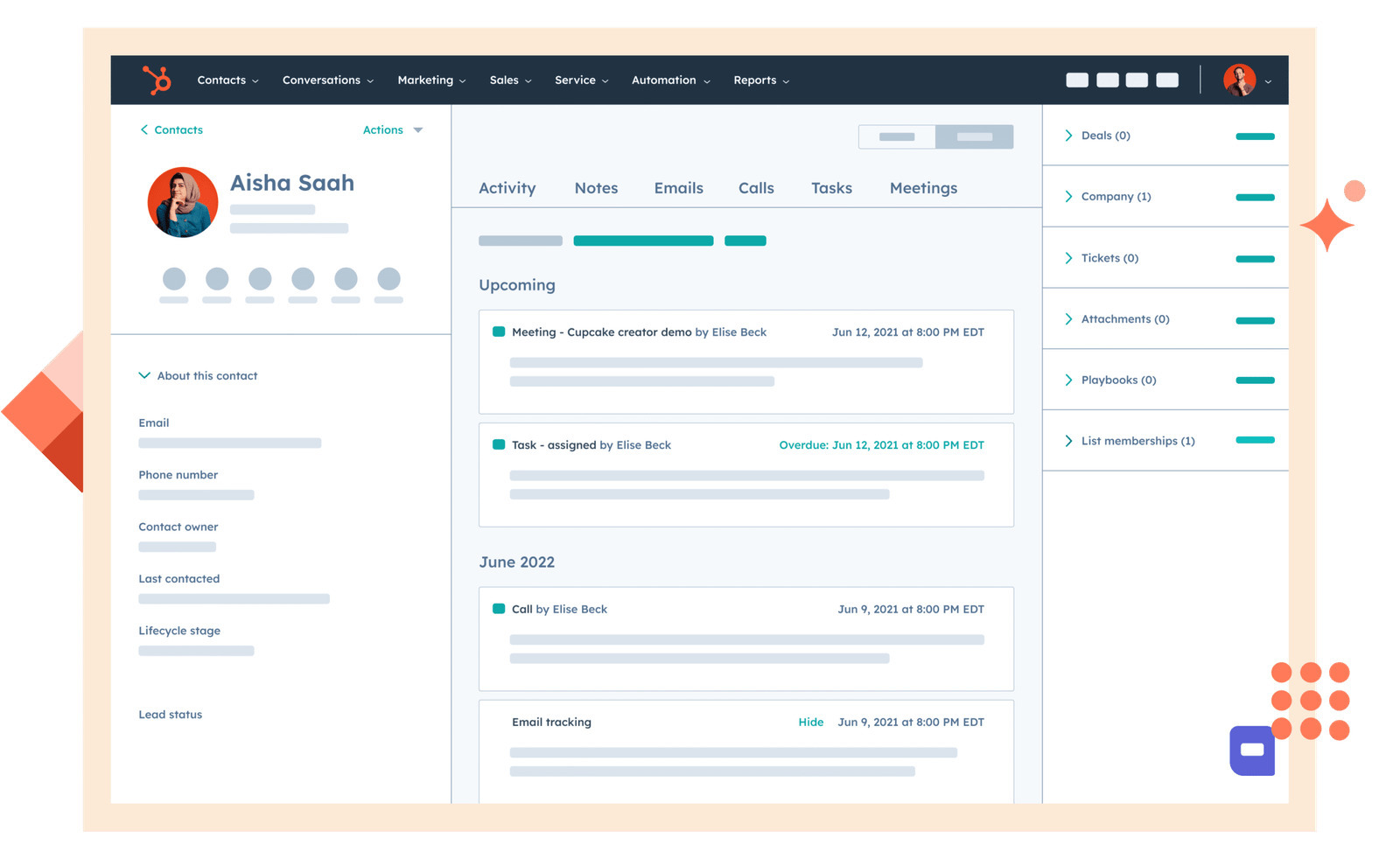
HubSpot is your go-to if you’re looking to tightly align marketing with sales. Its native CRM, intuitive UI, and robust email personalization features make it a top-tier choice—especially for B2B brands and service businesses.
What makes it shine:
- Smart Content: Customize sections within emails based on lifecycle stage or behavior.
- Progressive Profiling: Collect subscriber data over time for smarter targeting.
- Emoji Subject Lines: Because sometimes meets.
Ideal for: Service providers, agencies, and B2B teams who need seamless CRM + email integration.
-
Omnisend — Best for E-Commerce Email Marketing
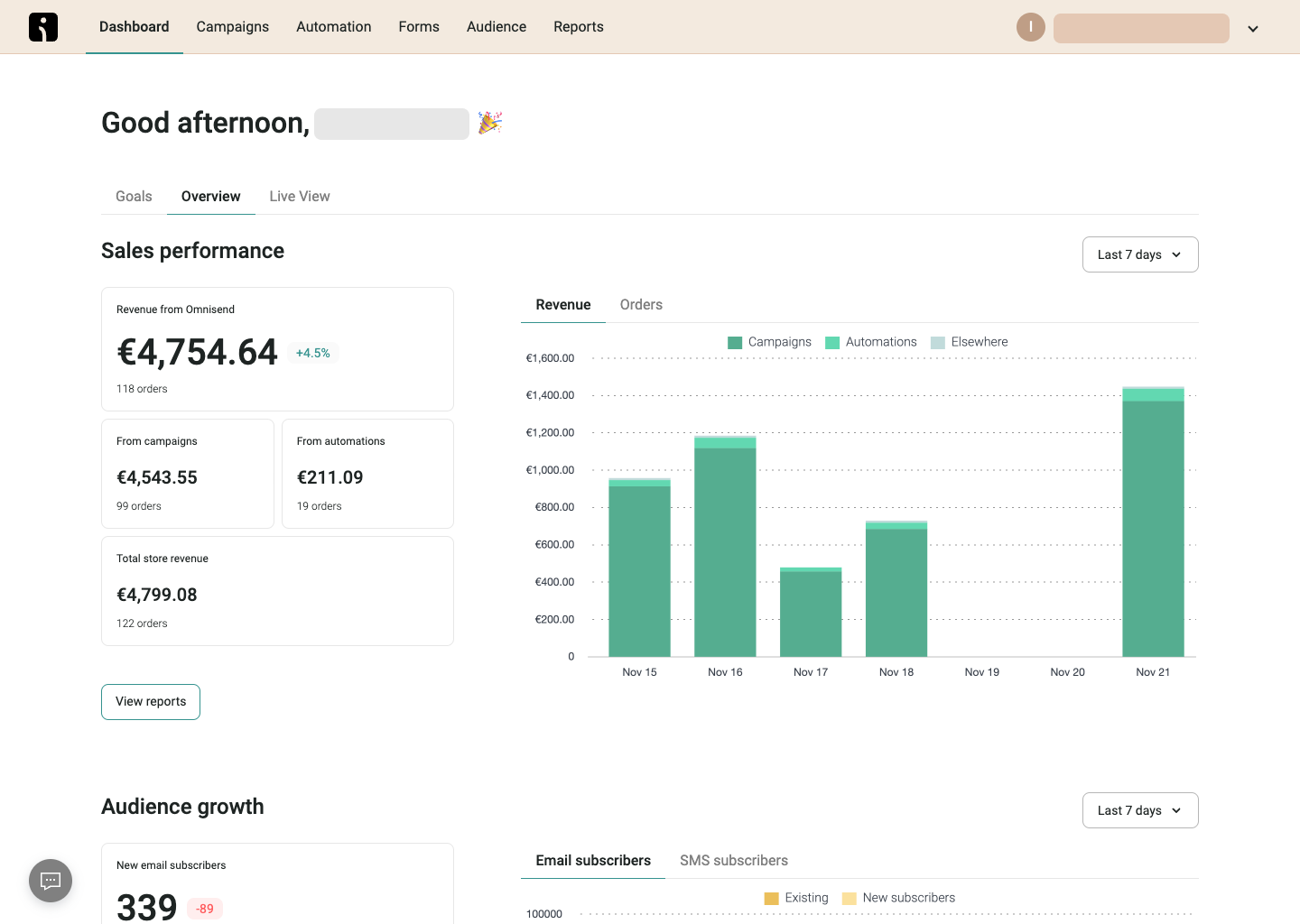
Built with online sellers in mind, Omnisend turns marketing emails into revenue machines. It connects beautifully with e-commerce platforms and offers creative tools that boost sales through gamification and automation.
Why it works:
- Campaign Booster: Automatically resend to non-openers = more eyeballs, more clicks.
- Drag-and-Drop Product Pickers: Insert SKUs from your store directly into emails.
- Interactive Elements: Think scratch cards, gift boxes, and urgency-inducing countdowns.
Ideal for: Shopify, WooCommerce, and BigCommerce users who want to grow sales with smarter email campaign tools.
-
Mailchimp — Best for Beginners & Small Businesses
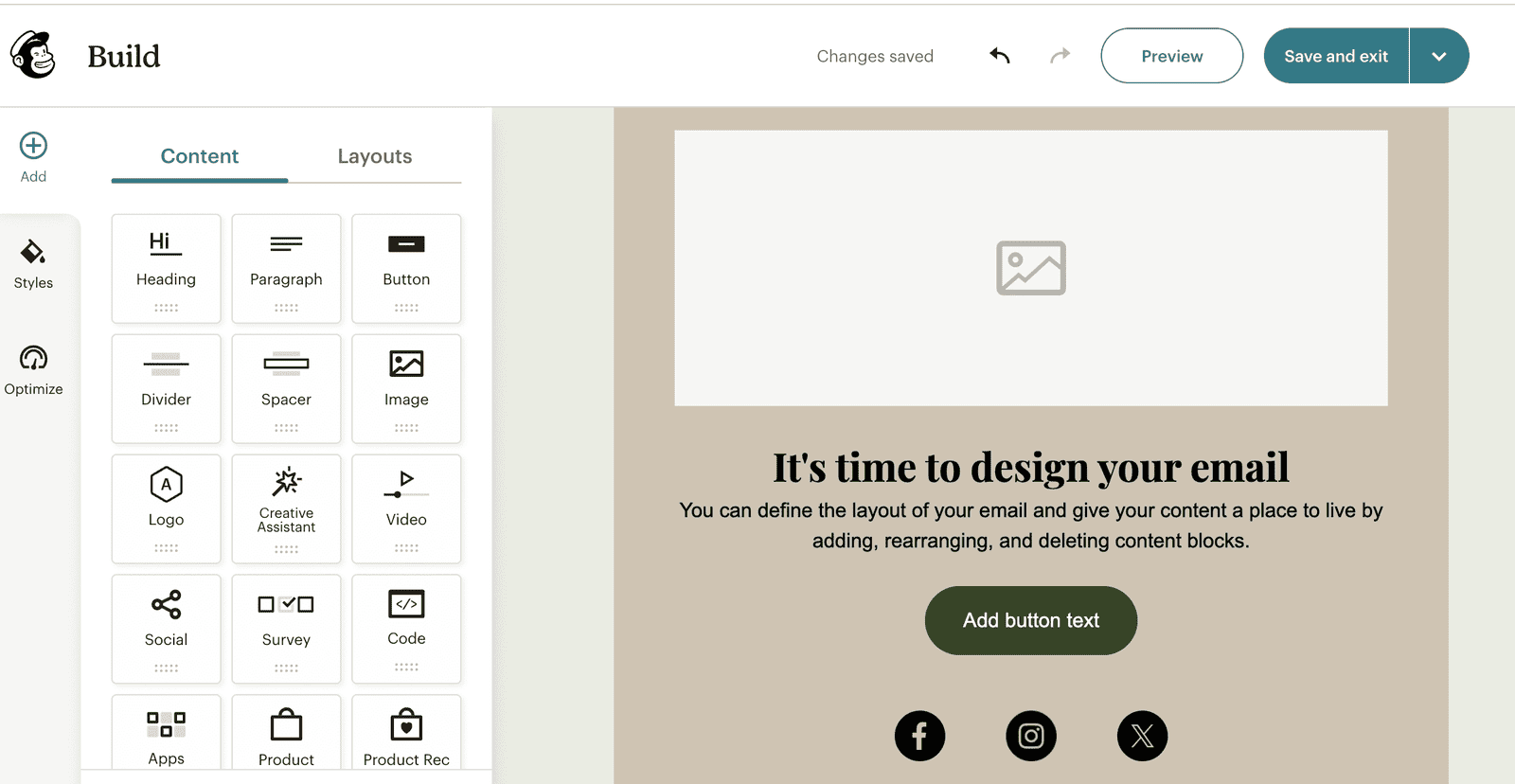
Still one of the most accessible platforms, Mailchimp remains a solid choice for businesses just getting started. It offers intuitive design tools, beginner-friendly automations, and a free plan that doesn’t skimp on essentials.
What you’ll love:
- Pre-designed Templates: Get up and running fast.
- Landing Page Builder: Great for small-scale lead gen.
- Free Plan: Send up to 1,000 emails/month to 500 contacts.
Ideal for: Startups, solopreneurs, and non-tech users who need something quick, clean, and free.
-
MailerLite — Best Affordable Platform with Strong Automation
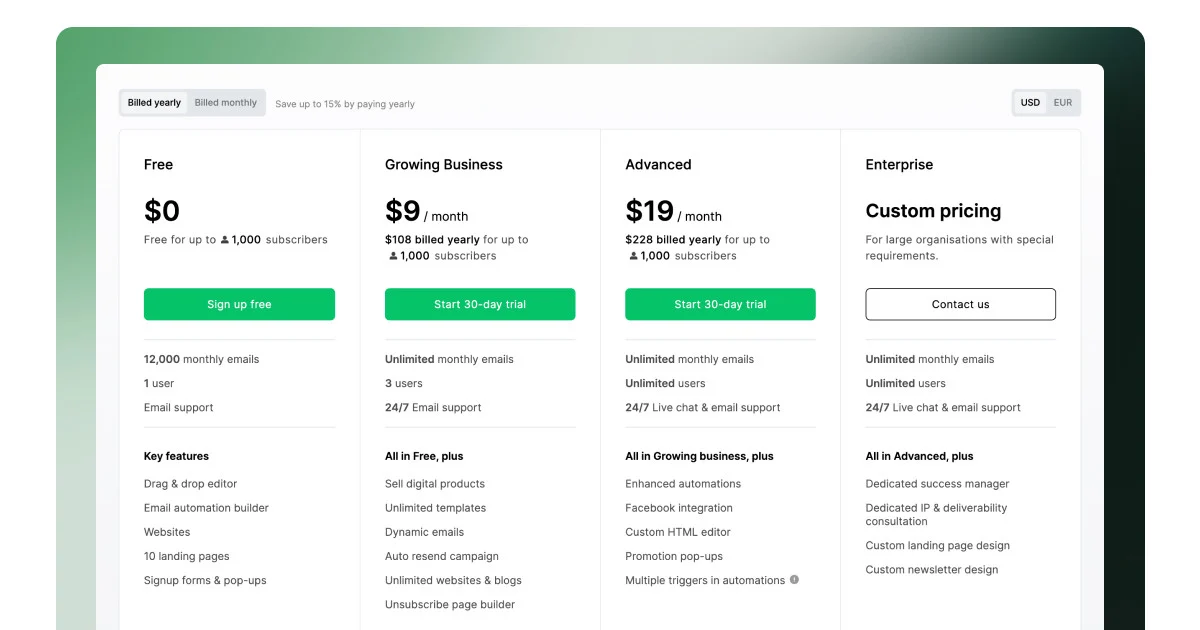
Simple, clean, and surprisingly powerful, MailerLite balances usability and affordability. With a generous free plan and an intuitive interface, it’s a great choice for small-to-medium businesses that want quality without the enterprise price tag.
What’s inside:
- Workflow Automations: Multi-step flows with conditional logic.
- Landing Pages & Pop-ups: Built-in tools for lead capture and nurturing.
- Transparent Pricing: Starts at $10/month for unlimited emails to 500 subscribers.
Ideal for: SMEs, bootstrapped startups, and nonprofits that need affordable email marketing services.
Other Notables (Free Plans with Perks)
If you’re looking to test the waters without committing to a monthly bill, check out these solid options:
- Brevo (formerly Sendinblue): Free 300 daily sends + great WordPress support.
- MailerLite: 500 contacts and 1,000 emails per month free—includes automation!
- Omnisend: Free plan with SMS options and 500 emails/month.
Ideal for: Beginners testing platforms, bloggers, and side hustlers on a budget.
6 Important Factors to Help You Decide
If you’ve made it this far, you’re not just asking what is the best email marketing platform—you’re asking which one is best for your goals, your team, and your audience. Because while the big names are impressive, even the most feature-rich platform can flop if it doesn’t fit.
Here’s a breakdown of the six most important factors that should guide your decision—think of it as your personal checklist before signing up for that free trial or swiping the company card.
-
Deliverability: Because If They Don’t Get It, It Doesn’t Matter
Even the best-designed campaign is worthless if it lands in the spam folder. Deliverability is the silent killer of email ROI—and it varies wildly across platforms.
Look for:
- Verified sender domains
- Built-in spam testing tools
- Reputation monitoring
Tip: Platforms like ActiveCampaign and Brevo are known for high inbox placement rates, especially for cold or re-engagement campaigns.
-
Automation: The Heartbeat of Scalable Email Marketing
Forget manual sends. If your platform can’t automate based on behavior, purchases, or timing—you’re leaking leads and wasting time.
Look for:
- Drag-and-drop automation builders
- Conditional logic (if/then triggers)
- Prebuilt templates (aka “recipes”)
Want real automation muscle? ActiveCampaign and HubSpot take the crown here.
-
Personalization: Make Every Email Feel Like a 1:1 Conversation
Generic blasts are out. Smart platforms help you tailor content dynamically based on user behavior, preferences, and lifecycle stage.
Look for:
- Dynamic content blocks
- Smart subject lines (even emojis 😎)
- Progressive profiling
Platforms like HubSpot and Omnisend shine with features that go beyond first-name tags.
-
Integrations: Your Platform Should Talk to Everything Else
Your email tool shouldn’t live in a silo. The best platforms play nice with your CRM, e-commerce store, payment processor, and lead gen tools.
Look for:
- Native integrations with tools like Shopify, Salesforce, or WordPress
- API access and webhook functionality
- Zapier or Make (Integromat) support
HubSpot leads in CRM integration, while Omnisend is a beast for Shopify users.
-
Pricing: Know What You’re Really Paying For
Free doesn’t always mean better—and expensive doesn’t always mean more powerful. Choose a platform that scales with you, not against you.
Compare:
- Free plan limits (contacts, sends, automation)
- Pricing per subscriber tier
- Feature lockouts at lower tiers
Mailchimp and MailerLite are generous with free tiers, but beware of the upsell walls.
-
Support & Usability: Because You’ll Need Both Eventually
When something breaks—or you just can’t find that automation setting—having responsive support and intuitive UX can be the difference between hitting send and hitting a wall.
Ask:
- Is there 24/7 human support?
- Are tutorials, walkthroughs, and docs accessible?
- How fast can a new user go from zero to launch?
MailerLite scores high for ease-of-use. HubSpot offers live chat, community, and deep documentation.
By weighing these six factors against your business model, team size, and marketing maturity, you’ll be better equipped to answer the question that brought you here: what is the best email marketing platform—for you?
Conclusion
Now that we’ve dissected features, functions, and fit, it’s time to land the plane. So—what is the best email marketing platform in 2025?
The answer, as any seasoned marketer will tell you, lies in alignment: the right platform is the one that aligns with your goals, tech stack, and growth stage. Below is your quick-hit verdict, curated by marketing pros who’ve tested these platforms in the trenches—not just in theory.
For Automation-Driven Growth: ActiveCampaign
If your marketing strategy revolves around building journeys, testing sequences, and optimizing every user path, ActiveCampaign is your tool. Its granular automation builder and performance-testing capabilities make it perfect for conversion-focused teams.
Use if: You’re running complex drip campaigns, multivariate tests, or want email to power your entire customer lifecycle.
For Sales and CRM Integration: HubSpot
HubSpot isn’t just an email tool—it’s a full marketing engine. From list segmentation to lifecycle emails, everything’s tied into the CRM for seamless lead nurturing. Bonus: smart personalization and progressive profiling make every send smarter than the last.
Use if: Your email marketing is part of a broader inbound strategy with sales, service, and lead scoring baked in.
For E-commerce Brands: Omnisend
No tool blends sales and storytelling quite like Omnisend. With drag-and-drop product features, interactive elements, and abandoned cart flows out of the box, it’s made to drive clicks and cash.
Use if: You’re selling online and want more from your post-purchase emails, SMS flows, and win-back campaigns.
For Startups and Solopreneurs: Mailchimp
Mailchimp still hits the sweet spot for ease of use and basic automation. The UI is friendly, the templates are sharp, and the free plan is hard to beat if you’re just testing your email strategy or running lean.
Use if: You’re building your first list, sending monthly newsletters, or launching MVP campaigns.
For Affordability with Pro Features: MailerLite
MailerLite punches above its weight. It offers modern automation workflows, pop-ups, and landing pages—all wrapped in a clean interface and ultra-competitive pricing.
Use if: You want solid functionality on a budget, without sacrificing automation and list-building tools.
The Final Word: Match Platform to Purpose
The best email marketing platform isn’t just the one with the most features—it’s the one that empowers you to reach your people at the right time, with the right message, in the most efficient way.
Here’s the rule of thumb:
- Think strategy first, tools second.
- Prioritize deliverability, automation, and integration.
- Don’t chase shiny dashboards—chase results.
Still asking what is the best email marketing platform? Then it’s time to test. Most of the tools on this list offer free trials or plans—take them for a spin, let your data guide you, and pick the platform that fits like a glove.
Frequently Asked Questions on Choosing the Best Email Marketing Platform
Still have questions circling in your mind about what is the best email marketing platform for your business? You’re not alone. Below are answers to the most common questions marketers ask when navigating the maze of platforms, features, and free plans.
What is the best email marketing platform for e-commerce brands?
Omnisend takes the crown here. Its deep e-commerce integrations, interactive email elements (like scratch cards and dynamic discounts), and SMS add-ons make it tailor-made for online retailers.
Which email marketing tool offers the best free plan?
It depends on your needs, but Mailchimp and MailerLite both offer excellent free tiers. Mailchimp gives you 1,000 monthly email sends and 500 contacts, while MailerLite offers similar limits but with slightly stronger automation features.
Can I run drip campaigns on a free plan?
Yes—but with limits. Platforms like MailerLite and Brevo allow basic drip sequences even on free plans. Just be aware that more advanced automation logic (like branching or conditional paths) usually requires a paid upgrade.
Is Mailchimp still worth using in 2025?
Yes, if you’re a beginner or running a small-scale operation. Mailchimp is user-friendly, has reliable deliverability, and offers a free plan perfect for newsletters or low-frequency campaigns. But if you need advanced automation or deeper analytics, other platforms offer better value.
Which email marketing platform has the highest deliverability?
ActiveCampaign and Brevo are often ranked among the best for deliverability in independent tests. That said, your own sending practices—like domain authentication and list hygiene—will always be key.
What is the best email marketing platform for agencies or teams?
HubSpot is ideal for multi-user environments, especially when you need to collaborate across sales and marketing. It also allows detailed segmentation, campaign tracking, and built-in CRM—making it a strong all-in-one choice for larger teams.
Whether you’re launching your first campaign or scaling to thousands of contacts a day, these answers should help narrow the field and clarify your next move. Still wondering what is the best email marketing platform for your business? The next section will wrap it up with a tight summary—and point you toward action.



